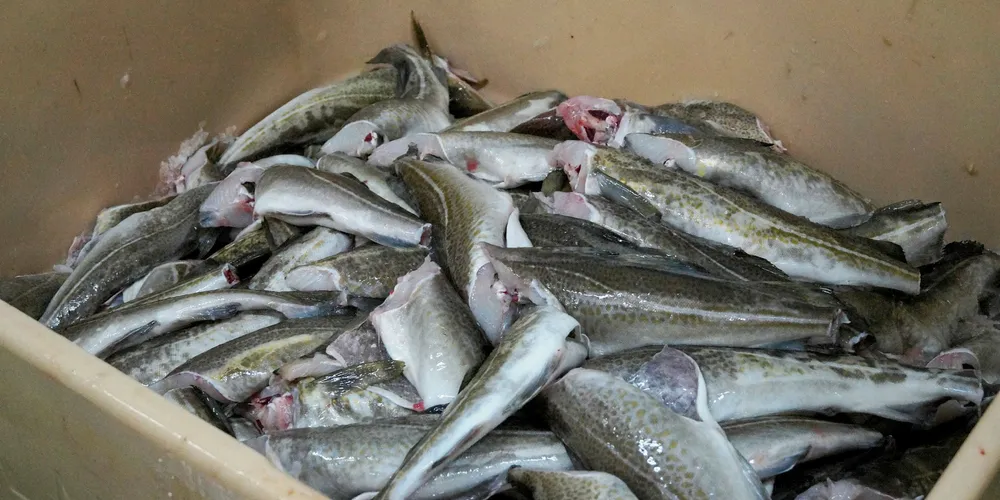New! Analyzing Alaska pollock, Atlantic cod supply and prices
Pollock and Atlantic cod account for a huge portion of the global whitefish trade. Go behind the numbers and discover the trends impacting these two superpower species.

Pollock and Atlantic cod account for a huge portion of the global whitefish trade. Go behind the numbers and discover the trends impacting these two superpower species.
